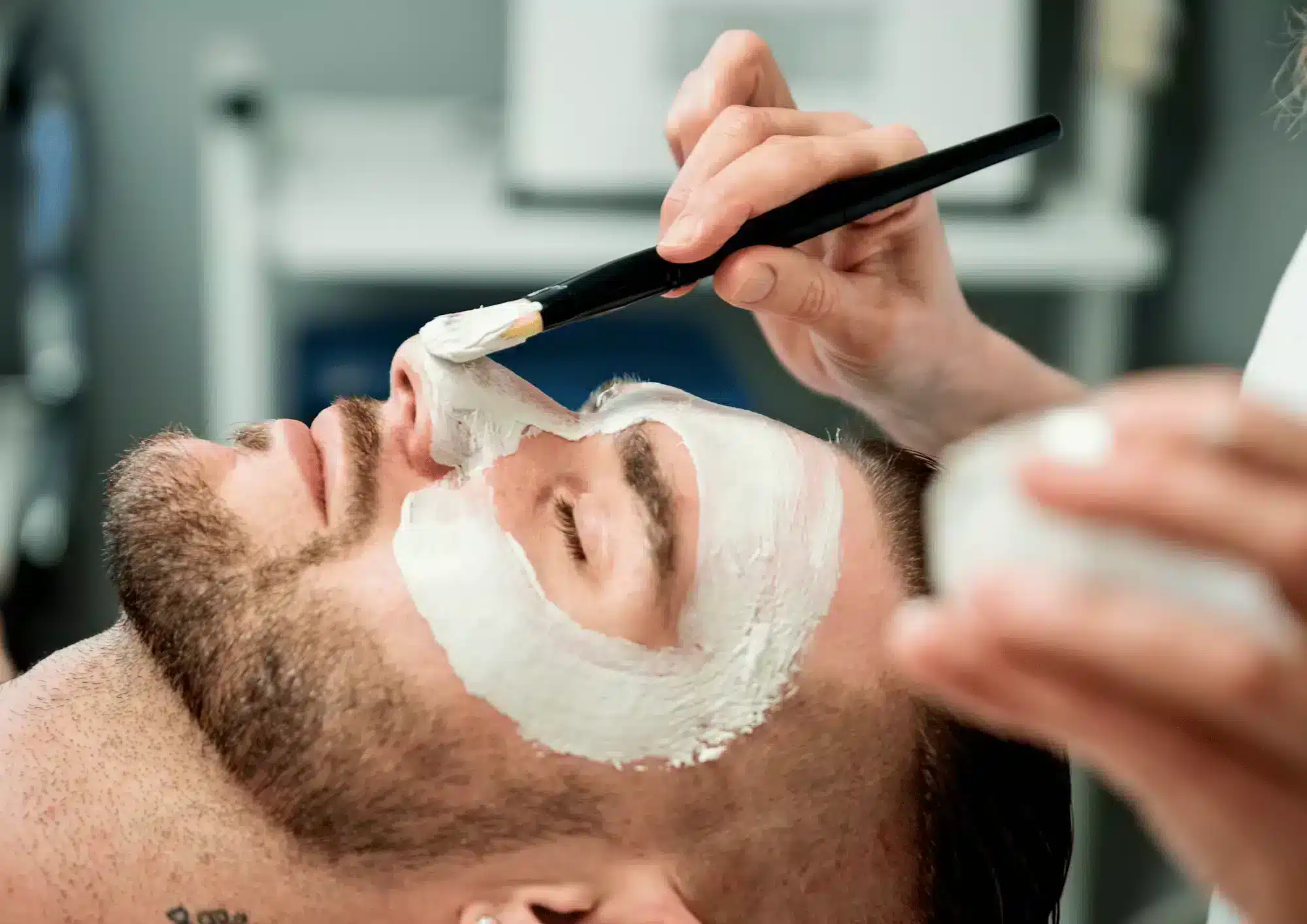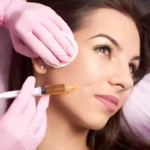

Retinol Tolerance: What You Need to Know
Retinoids are found in the skincare routines of many, as these are the second-best methods for preventing aging, right after sunscreen. Comprising vitamin A and its derivatives, retinoids work by binding to nuclear receptors and modulating the expression of genes that regulate cell differentiation and proliferation. This causes normalisation of cell keratinisation, which is the process of the outermost cells of the epidermis being replaced by keratin.
Tretinoin is a natural retinoid available by prescription, and tazarotene and adapalene are synthetic retinoids. There are also many over the counter products made with retinol and retinyl esters, such as the Zo product line, that are easy to incorporate into a routine for people seeking skin rejuvenation and a youthful complexion. While retinoids are sometimes avoided due to their side effects, these can be overcome with proper use.
Benefits of Topical Retinoids
When Kligman and Willis introduced the first topical retinoids in 1975, they noted beneficial properties of the active compounds, including the improvement of wrinkles, skin texture, and skin tone. Histological experiments demonstrated that retinoids reduce corneocyte adhesion and epidermal hyperplasia, and increase collagen and elastin production. Five years later, they discovered that they could also block collagenase activity, which is an enzyme responsible for collagen degradation.
Most literature mentions tretinoin when discussing retinoids, and how the benefits of topical vitamin A derivatives manifest on the skin. Tretinoin enhances cell turnover in the epidermis and promotes the loss of pigment through epidermopoiesis. This is what creates the more even complexion. Furthermore, numerous clinical trials have reproduced the findings and are the reason why dermatologists recommend this product to patients seeking smooth, firm, and evenly pigmented skin.
Retinoids should be used continuously to see the best results as they do not show up until three months into regular product use. Smoother skin, however, will be visible after one month. Using retinoids long-term is required to maintain results, and there is no limit to treatment duration. Pregnant and breastfeeding women are the exception and must avoid these products due to teratogenic effects on fetuses.
Patient Tolerability
Retinoids unfortunately cause retinoid dermatitis in 95% of patients – this redness, flaking, and sensitivity can be unpleasant and limit patient tolerability and compliance to long-term use. Retinol has been reported to cause similar cellular changes to retinoids, but it is milder and has less side-effects. In studies comparing the two compounds, it is assumed that retinol induces the same effects but at a lower magnitude. The most attractive aspect is the milder side-effects.
Treatment should be individualized to increase patient compliance, and other skincare products may be used if needed, such as Sculptra. For example, patients should be advised that dermatitis is normal and will appear within the first two weeks of use but subside after approximately one month of use. Scaling and stinging are normal and are even a good way to know that the product has been properly dosed. Application frequency may be adjusted by the patient to prevent these side effects, according to the recommendations of their dermatologist.
Tips for Compliance
The following are tips adapted from the original Tretinoin product guidelines by Kligman:
• Patients should begin treatment with a low dose of retinol – the strength can be increased over time. It is best to start at 0.3% retinol.
• The face should be cleansed in the morning and evening, using warm water and clean hands. The skin must be dried thoroughly before using retinol. Moisturizer can be used in the morning.
• Due to its photosensitizing properties, retinoids should be used at night. A pea-sized amount is enough. Stinging will indicate the correct amount of product was used. It should be applied alone as other products might dilute the retinoid.
• A good daytime moisturizer can reduce peeling – if acne is a concern, lighter moisturizers are better. Continue to moisturize even on days retinoids are not used. At night once it has been applied, wait 30 minutes to moisturize so that the retinol fully absorbs first.
• Retinoids should be introduced slowly by tapering the application frequency, especially for those with sensitive skin. Short-contact therapy can also be used by rinsing the product off 30 minutes after application.
• Retinoids can also treat hands and forearms, but the eyes and lips should be avoided as they are sensitive. However, the product can be applied right up to the margins. Eye products have been designed with much lower concentrations of retinol. The décolletage should also be treated with caution as it is thin – treat it every third night.
• Patients should be advised of side effects as some will experience retinoid dermatitis beyond one month – they should know that this is normal, and not a reason to quit treatment.
• The retinol dose can be slowly increased after three months of use. Eventually, a retinoid prescription may be given by a dermatologist, and patients may experience irritation or dryness even if they managed to avoid it at lower doses.
• Sunscreen with SPF 30 minimum must be used while using retinoids due to the thinning of the stratum corneum. Avoid products such as scrubs and enzyme peels, as they can cause irritation.
• Results will be evident after three months of use, and continuing use is a must in order to maintain results. After about eight months, the number of applications can be reduced to twice weekly.
Conclusions
Retinols and retinoids can largely improve the appearance of skin by reducing wrinkles, increasing smoothness, and evening out skin tone. Retinols are milder than prescription retinoids and will help patients gain similar effects without irritation. Retinoid dermatitis is often unavoidable but resolves quickly – patients should be educated about the side effects in order to increase their compliance and allow them to achieve optimal results.
Aesthetic products generally refer to a broad category of items designed to enhance or improve one's appearance, often focusing on skincare, beauty, and personal grooming. These products are typically used to maintain or enhance physical attractiveness and may include a wide range of items intended for both professional and personal use. Here are some common types of aesthetic products:
-
Skincare Products: Including cleansers, moisturizers, serums, and treatments designed to address various skin concerns such as acne, aging, hyperpigmentation, and sensitivity.
-
Cosmetics: Makeup products such as foundations, concealers, eyeliners, lipsticks, and eyeshadows used to enhance facial features and achieve desired looks.
-
Hair Care Products: Shampoos, conditioners, styling products, and treatments to maintain and improve the health and appearance of hair.
-
Fragrances: Perfumes and colognes used to enhance personal scent and attractiveness.
-
Dental Care Products: Toothpaste, mouthwash, whitening treatments, and dental floss aimed at maintaining oral hygiene and enhancing smile aesthetics.
-
Personal Grooming Tools: Including razors, electric shavers, trimmers, and grooming kits used for hair removal and personal hygiene.
-
Beauty Devices: Devices such as facial cleansing brushes, LED light therapy masks, and microcurrent devices designed for at-home skincare treatments.
-
Nutritional Supplements: Supplements aimed at promoting skin health, hair growth, and overall well-being, often containing vitamins, minerals, and antioxidants.




